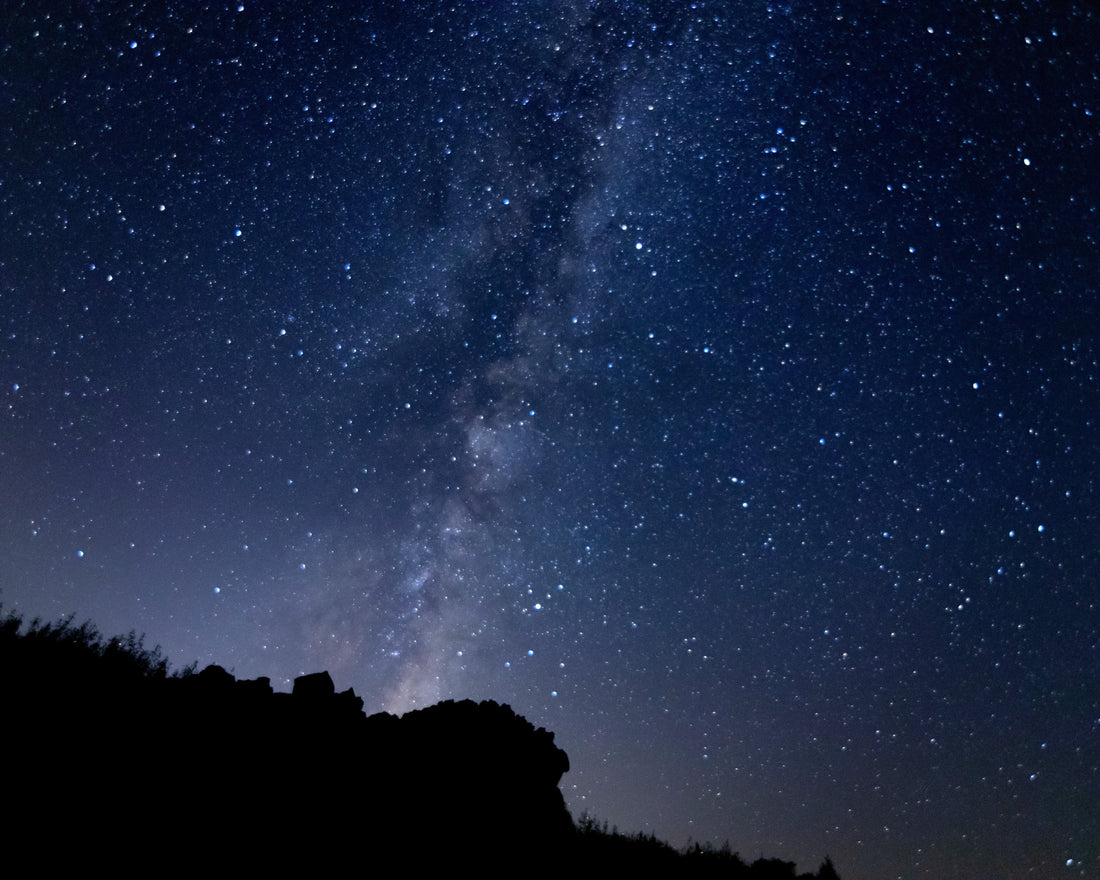Many familiar birds use the same daily schedule as humans – wake at dawn, put in a full day of activities, and settle in for a nightlong sleep. For most of the year, these birds are diurnal, meaning they are generally awake and active during the day. However, for their long spring and autumn migrations, many birds not only search for food and shelter during the day, they also put in many flying hours at night.
Why fly at night? Nocturnal migration offers several advantages, including better predator avoidance and calmer air, and birds use celestial cues to help with navigation during migration.
The BirdCast Migration Dashboard is an excellent resource that lets you check on nocturnal bird migration in your area. BirdCast uses weather radar and finely tuned algorithms to predict bird movements and produce live migration maps. Since radar can’t identify the species of birds migrating, the BirdCast team integrates eBird data to predict the likely composition of radar-identified birds. Haikubox owners can quickly see the BirdCast for their area by clicking the link at the bottom of their bird feed.
What new tools might enhance understanding of migration in the future? Acoustic data seems like it could add to the knowledgebase (Haikubox, anyone?!).

